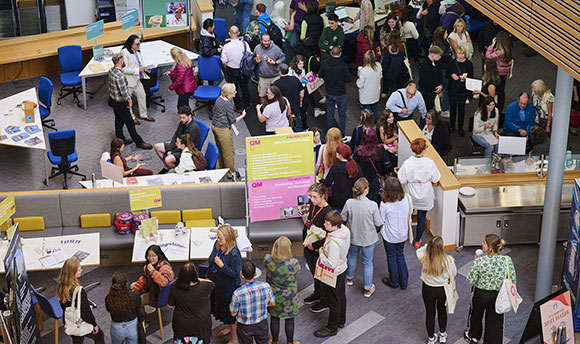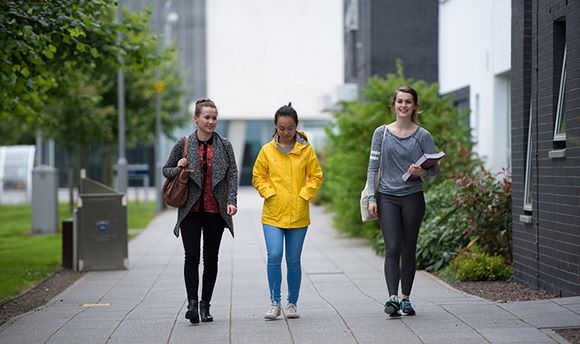QMU Participatory Assessment Tool for Mapping Social Connections
The below guide will be continuously updated in line with ongoing developments and refinements of the Social Connections tool, such as the upcoming public release of the tool’s accompanying app. For further enquiries on making use of the tool, please email:Social Connections Tools Email Address
The participatory assessment tool for mapping social connections is an approach developed by Queen Margaret University (QMU), which employs participatory activities to explore the various types and qualities of social resources that avail themselves to the participant group. The methodology uses hypothetical real life problems to explore connections associated with ‘bridging’, ‘linking’ and bonding (trust) social capital (Putnam 2000; Granovetter 1973; Szreter and Woolcock 2004) and relational properties such as frequency and reciprocity (Torche and Valanzuela, 2011). The methodology also invites participants to identify geographically where they would most likely find these resources (at the household, neighbourhood, city, country or global level), in this way coproducing data that remains sensitive to the situatedness and specificity of communities or subcultures.
A second stage of the methodology uses the generated connections to develop measures of connectedness and trust for individual participants, as well as trust scores for those actors identified as resources by the participant group. The participatory research design and approach of the tool mean that not only does it enable us to collect information, but could also provide participants with information and support directly relevant to them.
The tool has been tested in different settings, ranging from refugees in Glasgow to internally displaced people in Kurdistan and has proven not only applicable to different contexts (after accurate tailoring), but also valuable in guiding NGOs in developing appropriate support mechanisms for the populations studied.
An app is currently under development that should enable researchers to conduct activities two and three (see below) electronically and will facilitate both data collection across geographically disparate population, and the analysis of the resultant data.



